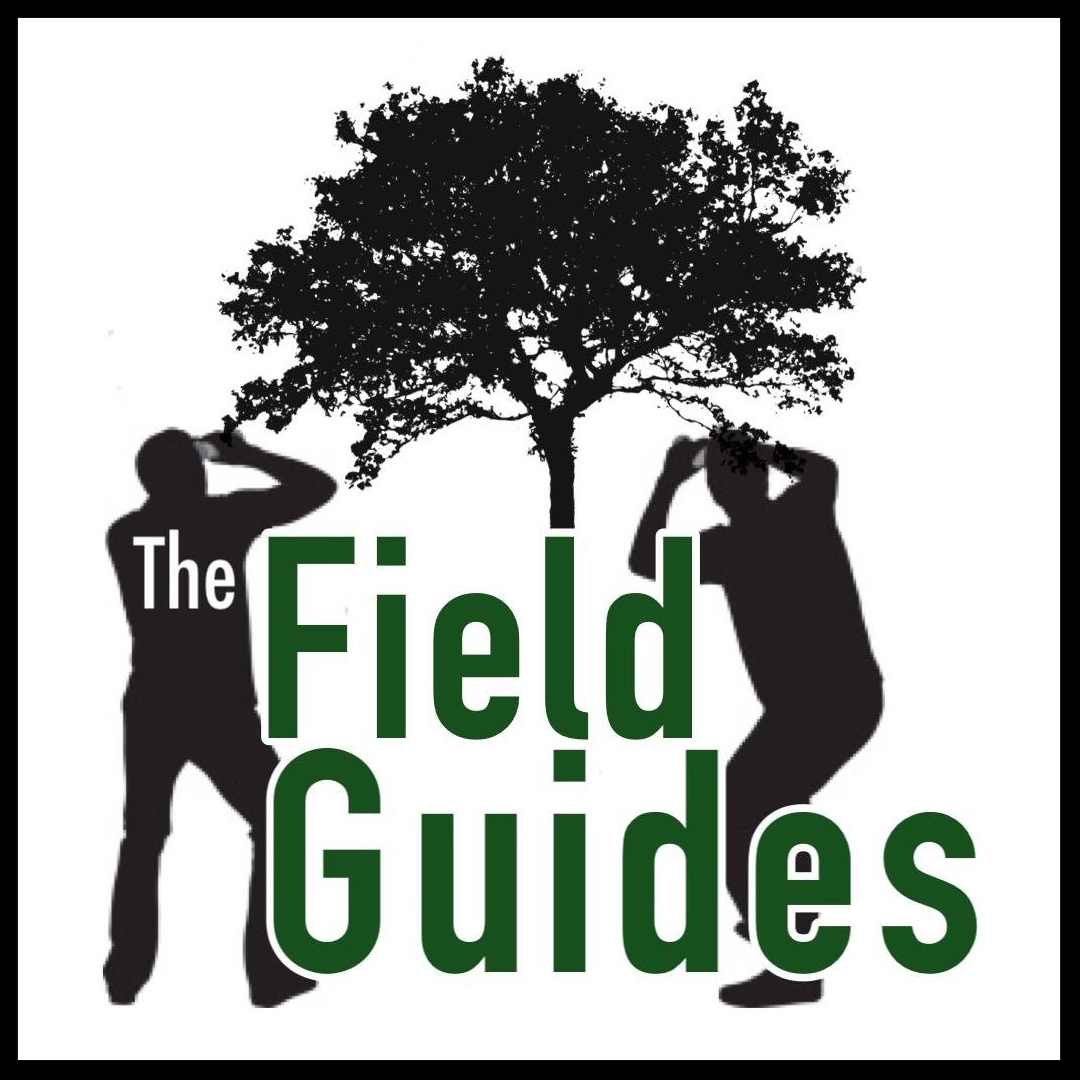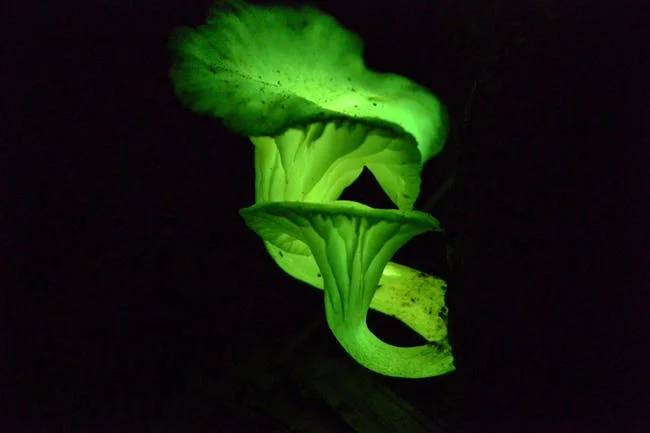Have you ever heard of myrmecochory? It may not pop up much in casual conversation, but this strange word is your doorway to a tiny, fascinating world of ant-plant interactions. Myrmecochory is seed dispersal by ants (don’t worry, we cover how to pronounce it in the episode), and while it may seem simple on the surface, it’s a beautifully complex spectrum of behaviors and benefits, , including some questionable ones.
Myrmecochory has long been considered a classic example of mutualism, in which two species benefit from a shared interaction, but recent research has called this idea into question. Are the ants really benefiting? Is it possible that plants are parasitizing the ants? Are the ants inadvertently ‘cleaning’ the seeds, inoculating them against harmful soil microbes? There is so much more to myrmecochory than Bill and Steve ever imagined! Join the guys as they hit the trail, exploring the seldom-seen world of ants and plants.





















